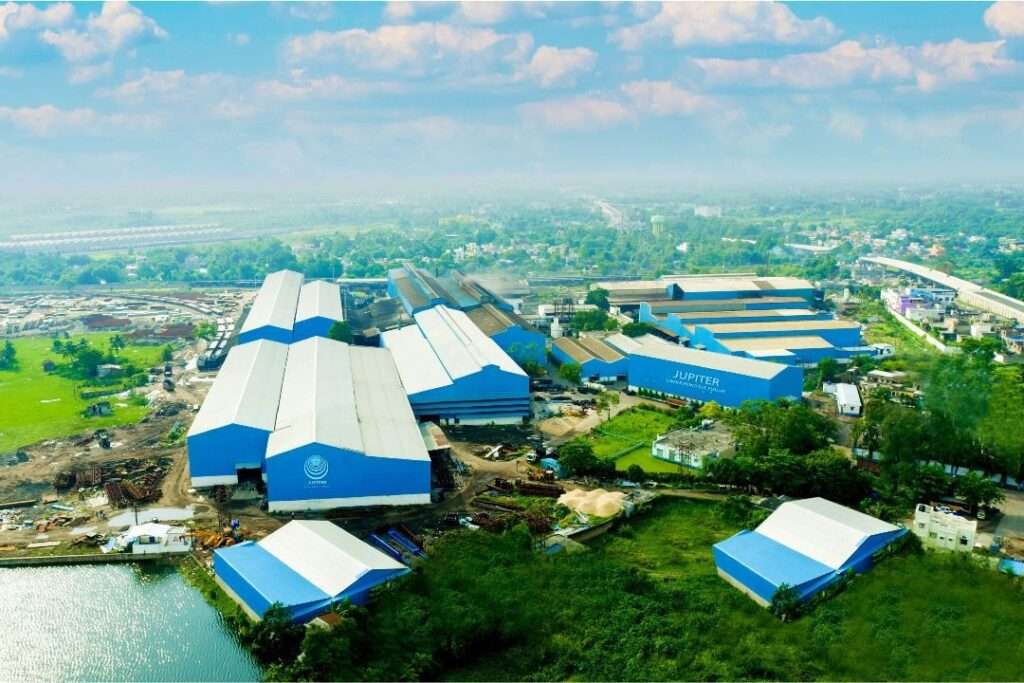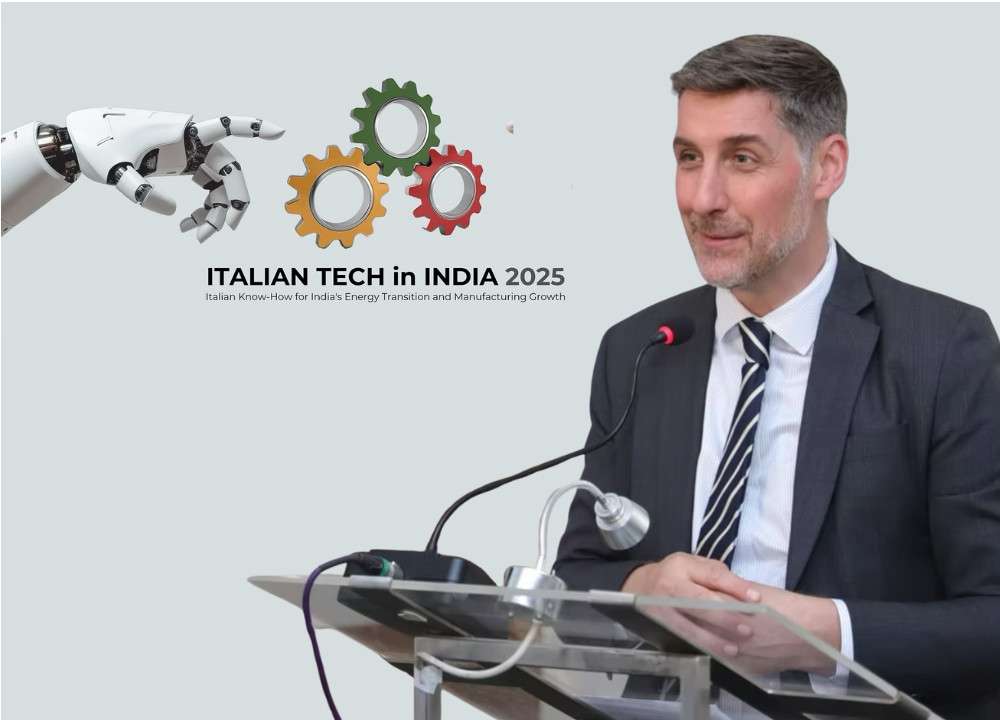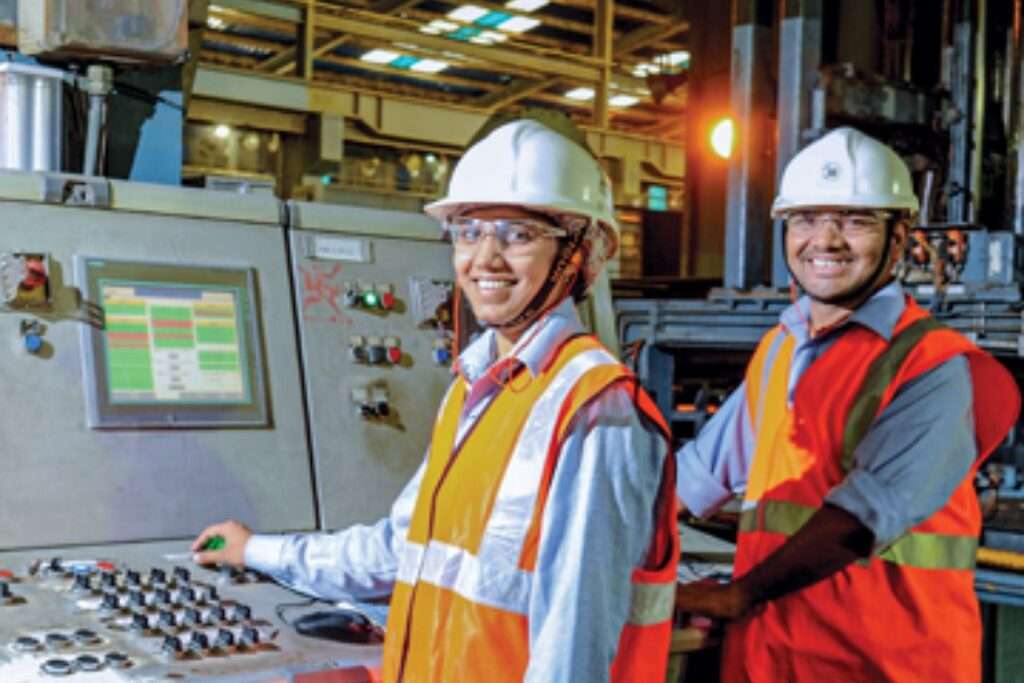Established in 1976, Calcom Vision Ltd stands as proof to Indian entrepreneurship in electronics manufacturing. From its early attempt at building personal computers to becoming a key player in lighting, BLDC fans, solar products, and EMS, the company has continuously evolved with the times. Its journey reflects a strong “Make in India” ethos, backed by resilience, innovation, and adaptability qualities that have enabled them to thrive for nearly five decades in a fast-changing technological landscape.
Abhishek Malik, Director of Calcom Vision and second-generation leader, shares the remarkable story that has not only witnessed but actively shaped India’s electronics manufacturing model.
In the early years of independent India, Abhishek Malik’s father Sushil Malik a first-generation entrepreneur set out to design and manufacture personal computers, a goal decade ahead of its time. While global tech giants were just beginning to shape the computing revolution, Calcom’s ambition placed it shoulder to shoulder with those pioneering efforts. Though the Indian market in the 1970s lacked the necessary ecosystem to support such innovation, this early leap laid the foundation for a culture of homegrown R&D and technological courage that continues to define the company.
Despite technological success, limited infrastructure and market readiness hampered adoption. The company made a strategic turn toward a more commercially viable product like calculators. But true to its innovative DNA, it went beyond basic models to focus on scientific programmable calculators. This positioned them as the first in India and the third globally, after Texas Instruments and HP, to achieve this technological milestone. This move also gave birth to the name: Calcom, a blend of “calculators” and “computers.”
While the domestic market posed pricing challenges due to the sophistication of the devices, Calcom’s manufacturing quality caught international attention. A landmark moment arrived when NASA placed an order for 10,000 scientific calculators, a stunning validation of their capabilities. Soon after, the Russian space program followed suit, further elevating the firm’s global reputation and bringing in crucial foreign exchange for the Indian economy. These achievements opened doors within government circles at a time when licenses were essential for growth in the electronics sector.
Blending Legacy with Modern Vision to Power India’s Electronics Manufacturing Goals
A strategic pivot to televisions marked Calcom’s next big leap. Sensing the demand surge ahead of the 1982 Asian Games and the arrival of color broadcasting, Calcom introduced compact, battery-operated color TVs in plastic cabinets, a sleek alternative to the bulky wooden sets of the time. This innovation addressed a critical gap: the need for portability and resilience during frequent power outages. The move sparked phenomenal growth. Between 1982 and 1995, Calcom scaled rapidly, building 12 factories, employing over 2,000 people, and becoming India’s largest TV manufacturer. But as the late ’90s ushered in flat-screen technology and increased global competition, the TV vertical declined sharply a tough turn that would later pave the way for Calcom’s reinvention.
In 2010, this business re-entered the market, this time through the LED lighting segment. The company initially focused on specialized, niche lighting products and supplied to established brands. The rollout of GST in 2017 became a game-changer, creating a level playing field. Calcom expanded into mass-market lighting products and witnessed a sharp spike in revenue.

Throughout its 48-year history, Calcom Vision Ltd has been a steadfast proponent of local manufacturing, long before the ‘Make in India’ initiative took center stage. With a robust in-house R&D team, the establishment develops 100% of its products domestically, focusing on quality, reliability, and design innovation rather than relying on imported kits. Looking ahead, the brand has established a dedicated export entity, aiming to leverage global trade opportunities and contribute meaningfully to India’s positioning as a global manufacturing hub.
Mr. Abhishek Malik emphasizes that Calcom’s focus remains firmly on in-house design and engineering. Unlike many players in the sector who simply assemble imported components, this firm builds from the ground up, a strategy that allows for greater quality control and continuous innovation. Their efforts are especially focused on value engineering and cost optimization while maintaining performance standards. Even in fast growing categories like LED bulbs, they have carved out a competitive edge by offering high-quality, cost-effective products. Recent investments in aluminium die casting and powder coating facilities further bolster its growing outdoor lighting portfolio.
As India accelerates toward its USD 500 billion electronics manufacturing target by 2030, Calcom Vision is aligning its next chapter with this national ambition. Building on its legacy of in-house R&D and indigenous innovation, the company is focusing on expanding its LED lighting, BLDC fans, solar products, and EMS exports. With fresh investments in backward integration and a growing global outlook, Calcom is well-positioned to lead as a future-ready, value-driven force in India’s electronics manufacturing ecosystem.








